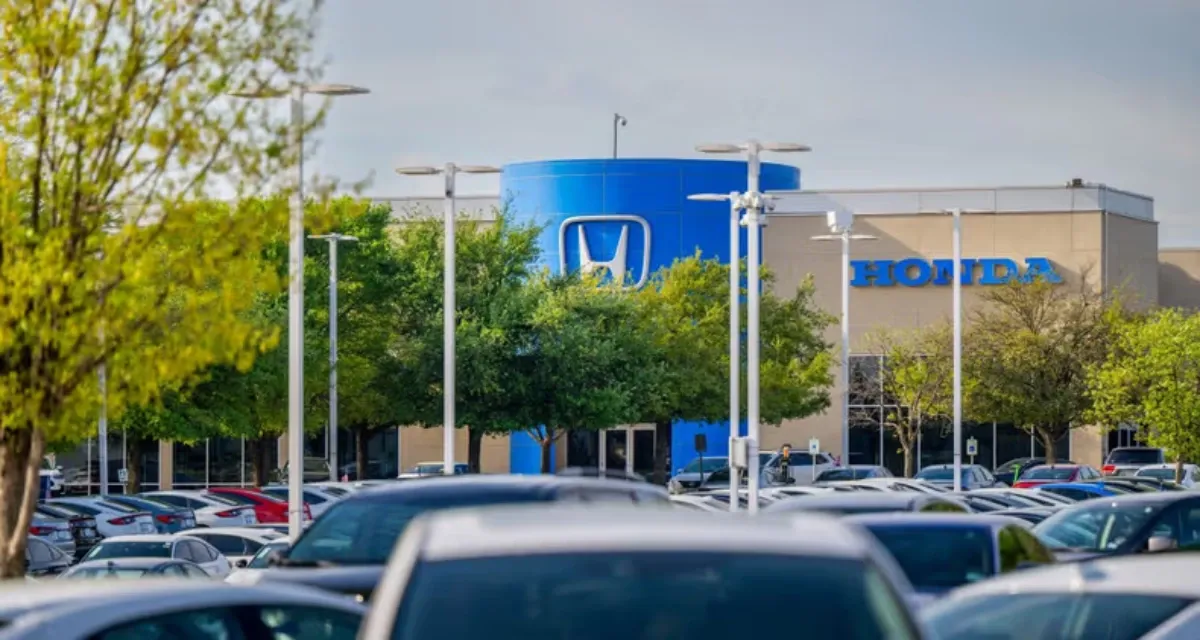

High interest rates and price volatility are causing many car shoppers to delay their purchases, hoping for better deals in the coming months. This trend poses significant challenges for the automotive industry.
The average price paid for a car in May 2024 was $48,389, a decrease from the peak at the end of 2022, due to normalized automotive production. However, with interest rates ranging from 6.7% to 11.9%, many potential buyers hesitate to commit to a purchase. This hesitation is contributing to a broader economic issue known as a "deflationary spiral."
Jonathan Smoke, an economist for Cox Automotive, explains that as consumers delay their car purchases, demand decreases and supply builds up, exerting downward pressure on prices. This cycle of falling prices and deferred purchases perpetuates itself, leading to a continuous decrease in demand.
“Both new and used vehicle prices have been declining for two years,” Smoke noted. “Initially, this was a correction and return to normalcy, but the market is at an inflection point because consumers now expect that prices will keep falling.”
Cars, categorized as "durable goods" along with items like home appliances, furniture, and sports equipment, are already experiencing a recession due to deflation. Smoke highlights that the economy is no longer driven by pent-up demand and excess pandemic savings, but rather by a more cautious consumer base.
“We have been on cruise control in restrictive territory for nine months,” he wrote, indicating that the economic conditions have led to a significant shift in consumer behavior.
Despite a rise in vehicle sales, the growth momentum is slowing. Higher inventory levels are putting pressure on vehicle prices, which fell by 1% in May. Notably, about 41.2% of vehicles sold last month were priced under $40,000, compared to 37% a year ago. This shift indicates that consumers are gravitating towards more affordable models.
The current market conditions suggest an uncertain summer for the automotive industry. If many consumers decide to wait for better deals, the industry could face considerable challenges. Smoke warns that this collective mindset could exacerbate the deflationary spiral, making it increasingly difficult for the industry to stabilize prices and demand.
In conclusion, the combination of high interest rates, price volatility, and changing consumer expectations is creating a deflationary spiral in the automotive industry. This situation calls for strategic adjustments by automakers and dealers to address the evolving market dynamics and consumer behavior.
Also Read: